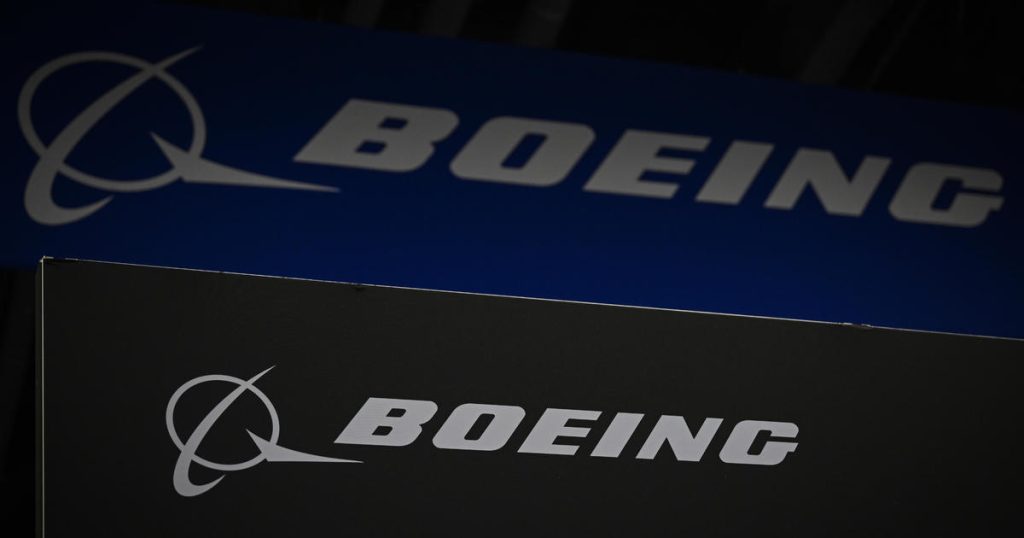Congress called whistleblowers to testify about Boeing’s safety culture, with quality engineer Sam Salehpour claiming that Boeing prioritized profits over safety and discouraged employees from raising concerns about manufacturing practices. Salehpour alleged that managers were encouraged to overlook “significant defects” in aircraft production, leading to potentially defective parts and installations. The Federal Aviation Administration is investigating his allegations, pointing to a lack of safety culture at Boeing and the silencing of employees who speak up about production defects. Salehpour also claimed that he was pressured to stop voicing his concerns internally and was reassigned to work on the Boeing 777 program.
Another whistleblower, former Boeing engineer Ed Pierson, also expressed concerns about Boeing ignoring safety issues, referencing incidents involving Boeing planes in 2018 and 2019. Senator Richard Blumenthal and Senator Ron Johnson have requested documents from Boeing dating back six years and plan to hold further hearings on the safety of Boeing’s planes, expecting Boeing CEO David Calhoun to appear for questioning. However, neither Calhoun nor any Boeing representatives attended the hearings, with Boeing stating that they are cooperating with the inquiry and offering documents and briefings. Boeing denies Salehpour’s allegations and defends the safety of its planes, including the Dreamliner, claiming extensive testing has revealed no signs of fatigue or cracking in composite panels.
Boeing officials have dismissed Salehpour’s claims about witnessing factory workers jumping on sections of fuselage on the Boeing 777 to align them, highlighting the rigorous testing and inspections carried out on aircraft to ensure safety. The company stated that a 787 can safely operate for at least 30 years before needing expanded maintenance routines, with no evidence of airframe fatigue found during inspections. Boeing has improved production quality to meet strict standards under FAA oversight, acknowledging the importance of maintaining safety in aircraft production. However, the whistleblowers’ testimonies have raised concerns about the company’s safety culture and potential risks posed to the public by ignoring safety issues.
The whistleblowers’ testimonies have shed light on the internal practices at Boeing, revealing a culture that prioritizes production speed and profitability over safety. Salehpour’s claims about defective parts and installations in Boeing’s 787 Dreamliner and the pressure he faced to remain silent about these issues raise questions about the company’s commitment to ensuring the safety of its aircraft. Pierson’s concerns about ongoing manufacturing conditions that could endanger the public highlight the need for ongoing scrutiny and accountability within the aviation industry. The Senate subcommittee’s investigation and request for documents from Boeing indicate a serious inquiry into these safety allegations and the company’s responses to them.
The absence of Boeing representatives at the Senate hearings and the company’s denials of the whistleblower allegations further underscore the challenges in addressing safety concerns within the aviation industry. The discrepancies between the whistleblowers’ testimonies and Boeing’s statements regarding safety testing and production quality raise doubts about the transparency and accountability of the company. Moving forward, it will be crucial for regulators, lawmakers, and industry stakeholders to work together to ensure that safety remains a top priority in aircraft manufacturing and that employees feel empowered to raise concerns without facing reprisals. The outcome of this investigation and the ongoing scrutiny of Boeing’s safety practices will likely have lasting repercussions for the company and the broader aviation sector.


